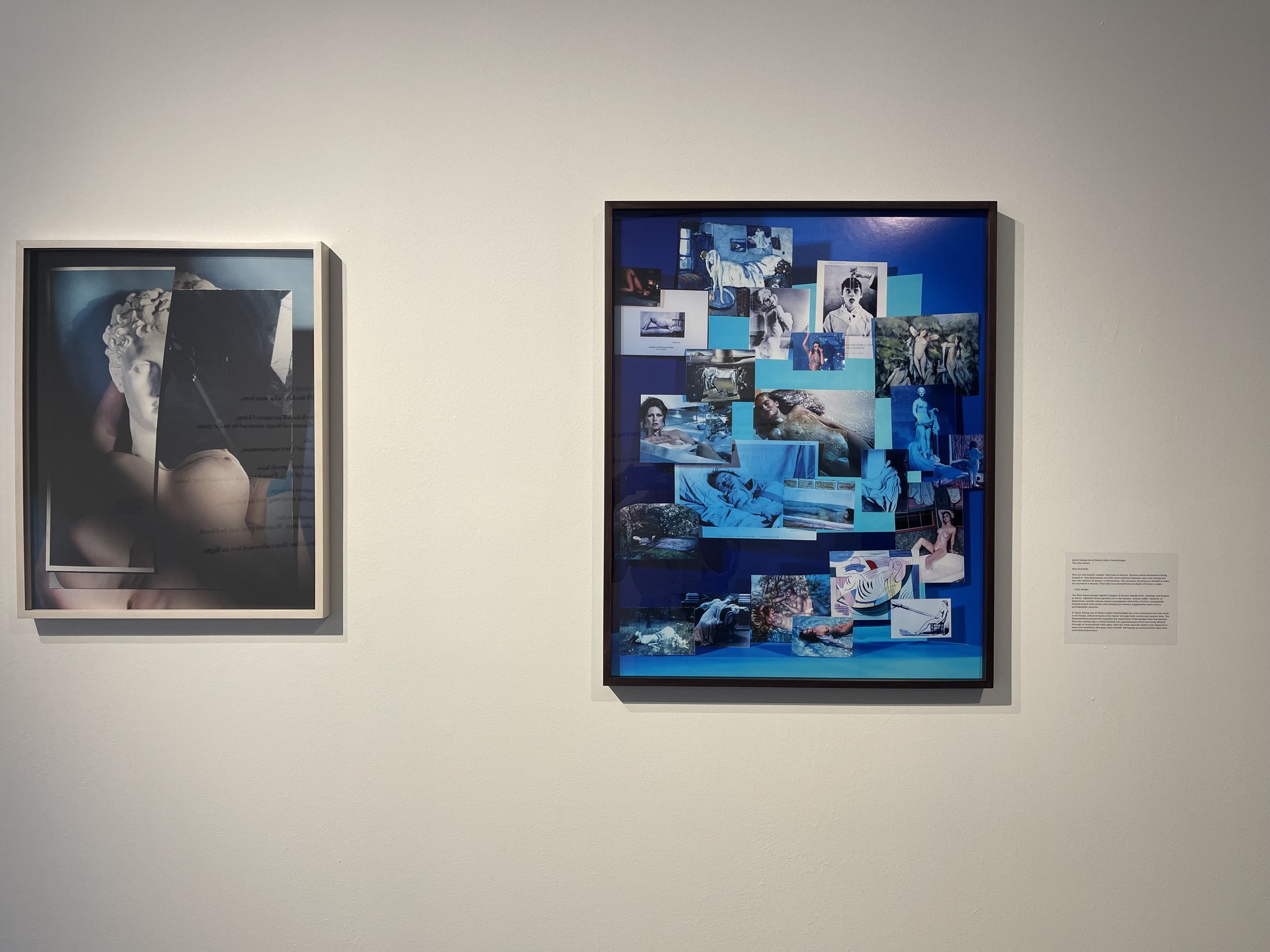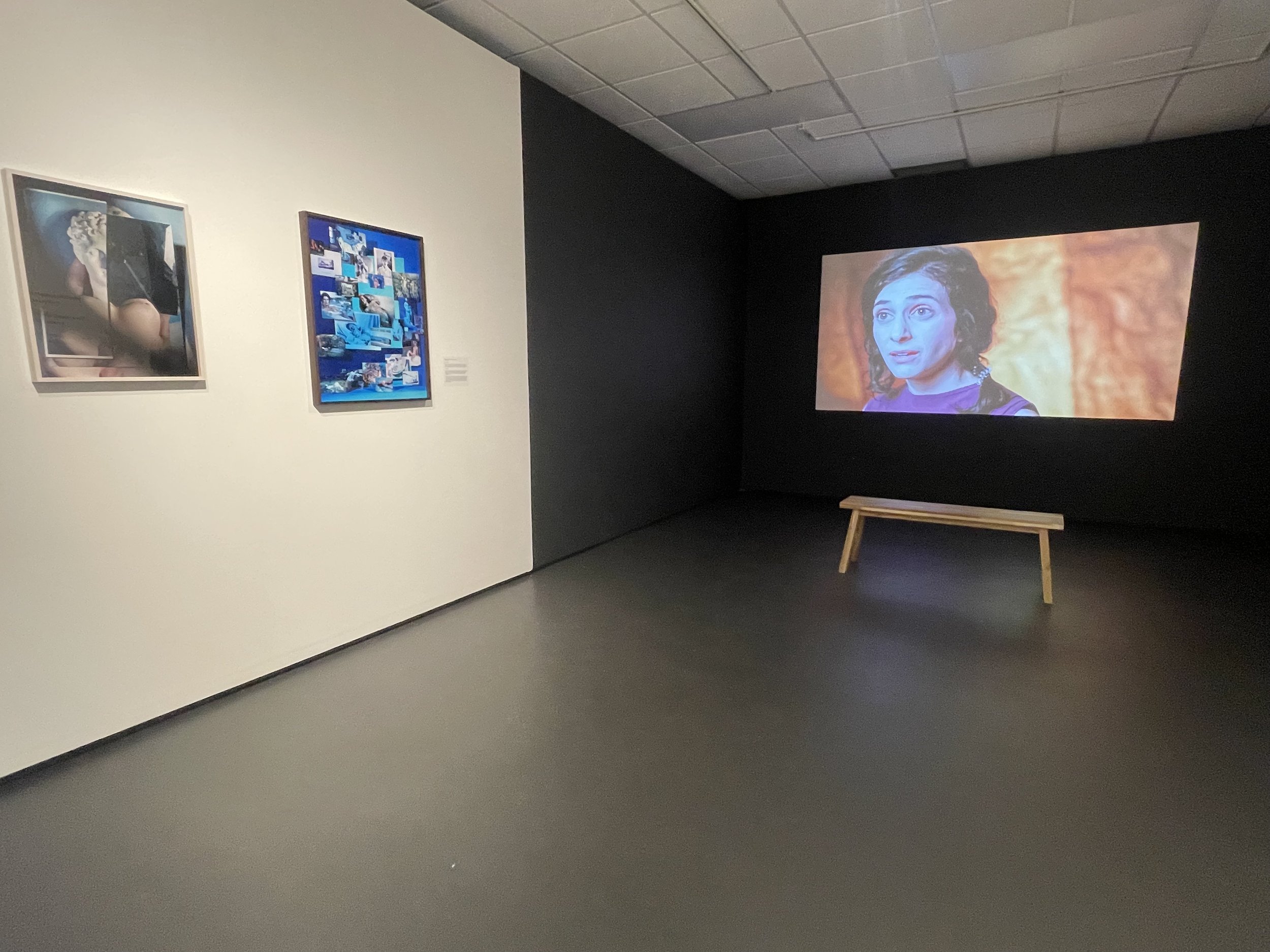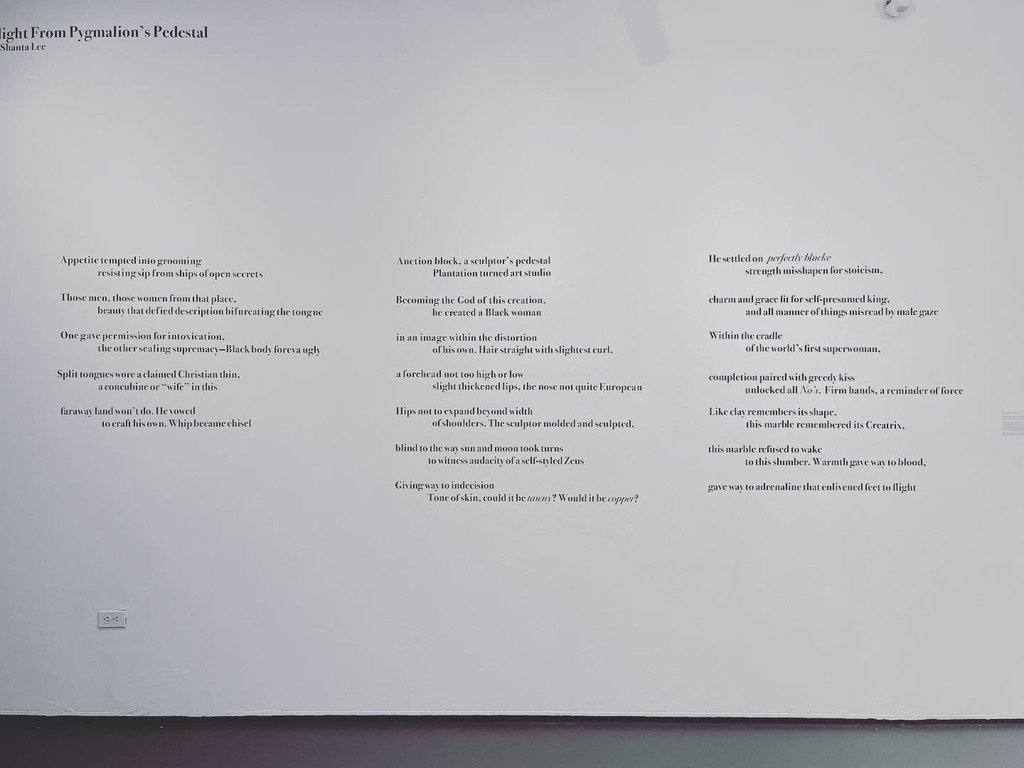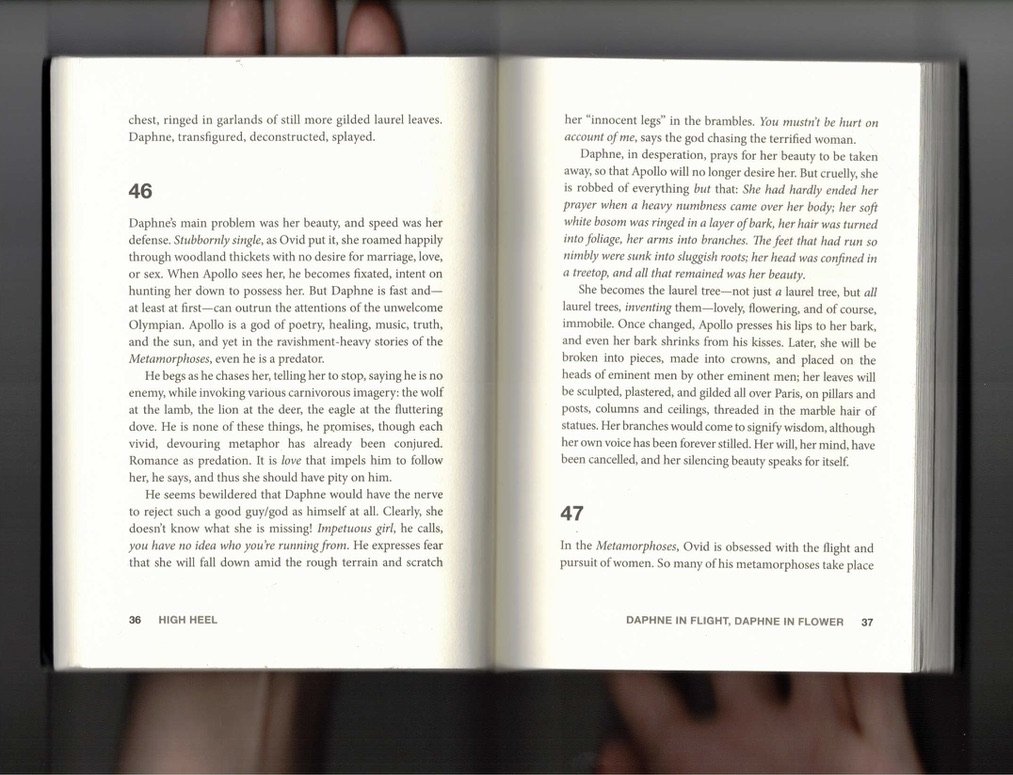And all that remained was her beauty
Kim Hoeckele, Shanta Lee, Cheri Magid & Sarah Baskin
September 14 - October 20, 2023
The Contemporary Art Galleries, University of Connecticut, Storrs
This exhibition explores the complex legacies of gender, beauty and sexual violence that saturate the Western canon. The title, drawn from Ovid’s Metamorphosis, references the moment when the nymph Daphne, fleeing the unwanted advances of Apollo, pleads to have her beauty taken from her. She is turned into a laurel tree, saving her from assault, but permanently immobilizing her. Her beauty, the poet tells us, remains. As a translator of Metamorphosis, Stephanie McCarter writes, “Visual beauty is indeed a constant source of danger for those who possess it, whether male or female.” The assumption that beauty leads to assault is a commonplace in classical literature, and it echoes in the present every time someone asks a victim “what were you wearing?”
More than a response to beauty, sexual violence is a manifestation and expression of power. The relationship between beauty and power is not a simple one; they are entwined in unexpected ways. Cultural norms dictate who ought to be perceived as beautiful, and these standards have often reflected and reinforced both racial and gender biases. At the same time, while the perception of beauty might afford its bearers privilege and even power, it can also be deployed as grounds for dismissal, belittling, or resentment. That is, it can be both a source of power and its undoing. By revisiting classical poetry and visual culture, the works in this exhibition ask how the idea of beauty – as both privilege and liability – shapes how we move through the world.





